|
Mollusk and fish collection in the basement of the Field Museum You never know just what you'll see on a behind the scenes tour of the field museum. Perhaps a rock from the moon? A dinosaur femur being cleaned? A study skin of a Carolina parakeet? Whatever you see, you'll be sure to be amazed at the vast collections the Field Museum holds and how much research is being done based on the work of Field Museum scientists. It's a special treat to be able to take my Conservation Biology class to see what goes on behind the scenes. This year some of the highlights were seeing a coelacanth specimen, the bird lab, the dermestid beetles, parts of the insect collection, and the fossil prep lab.
Not only is the Field Museum a wonderful place to visit the exhibits and spend a day with your family, it's also a leading force in scientific discoveries and conservation action. New species are being discovered and genetic differences among species are being deciphered. Researchers around the world can request specimens for study, whether the specimens be fish or plants or something else. Scientists go into different parts of the world and conduct rapid inventories to better understand our world's diversity and promote the establishment of nature reserves. Just the day after we visited, a new study was released on the size of migratory birds based on the work of Field Museum scientist Dave Willard. What a blessing to be able to see all this work that goes on behind the scenes at the Field Museum! Insect collection: examples from butterflies and buprestid beetles
0 Comments
Leave a Reply. |
Abbie SchrotenboerI'm a biology professor at Trinity Christian College. I'll be using this page to share interesting stories related to ecology and conservation at Trinity and in the Chicago area (although I might be tempted to expand my geographic focus upon occasion). Archives
December 2020
Categories |

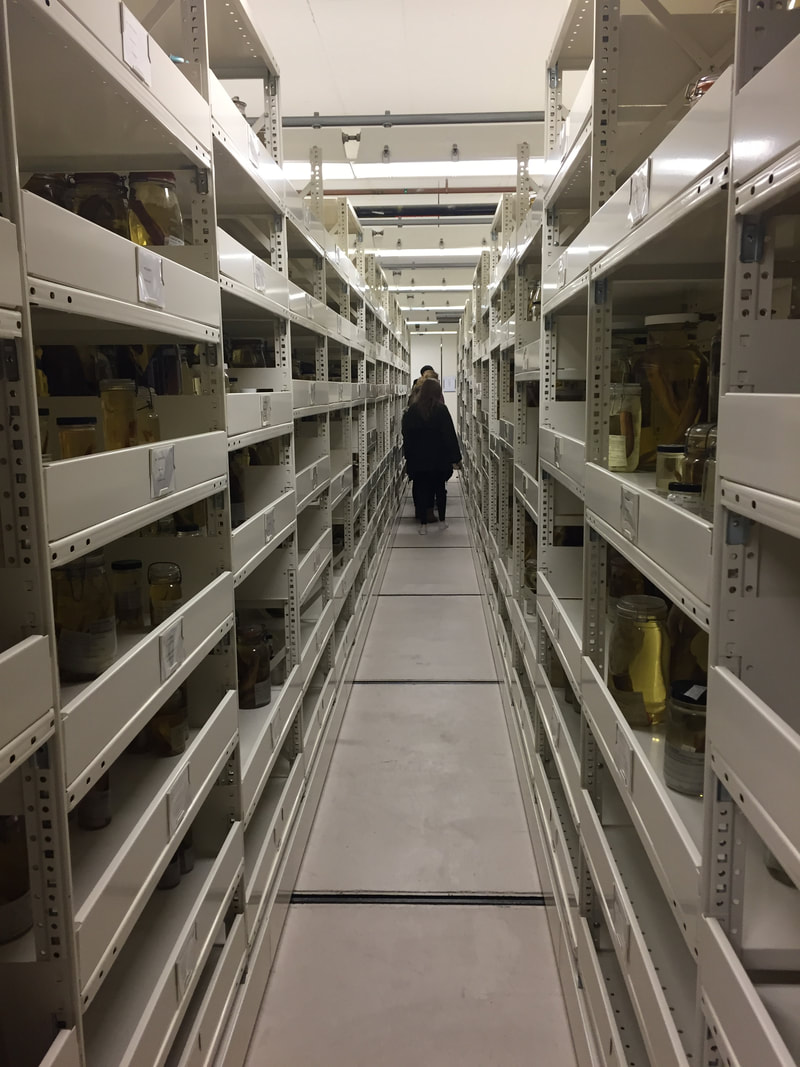

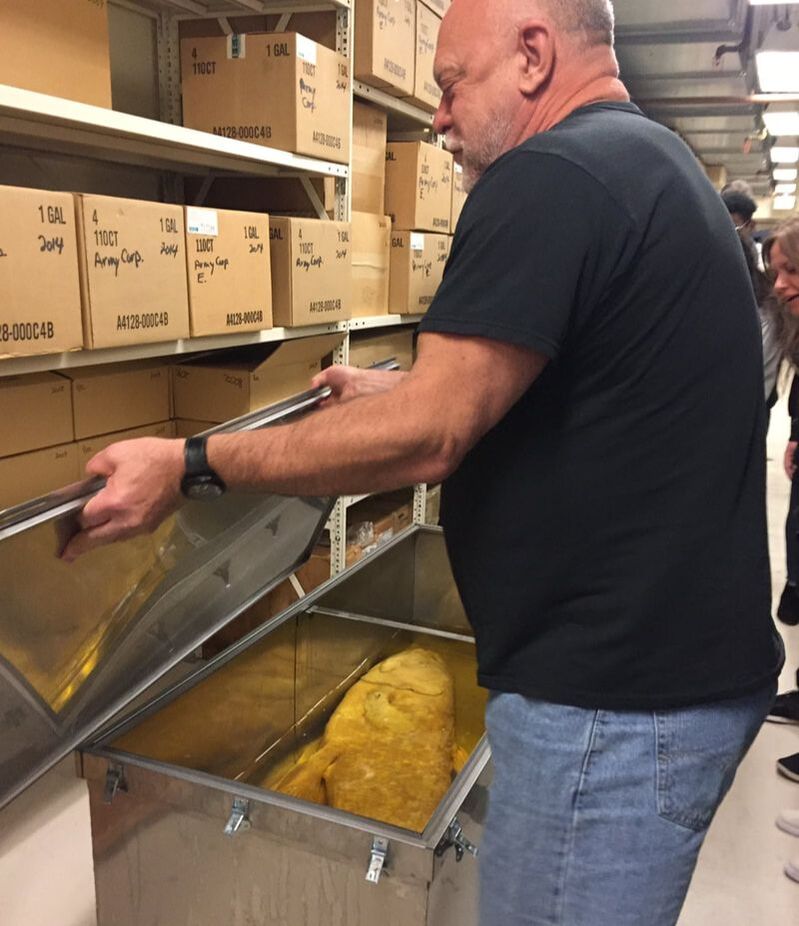
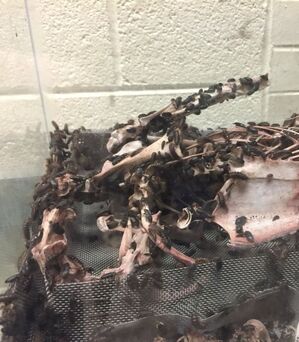
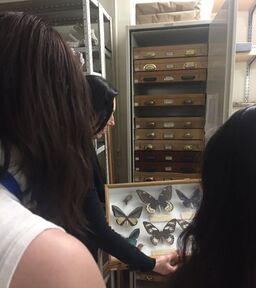
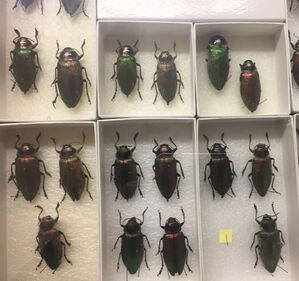
 RSS Feed
RSS Feed
